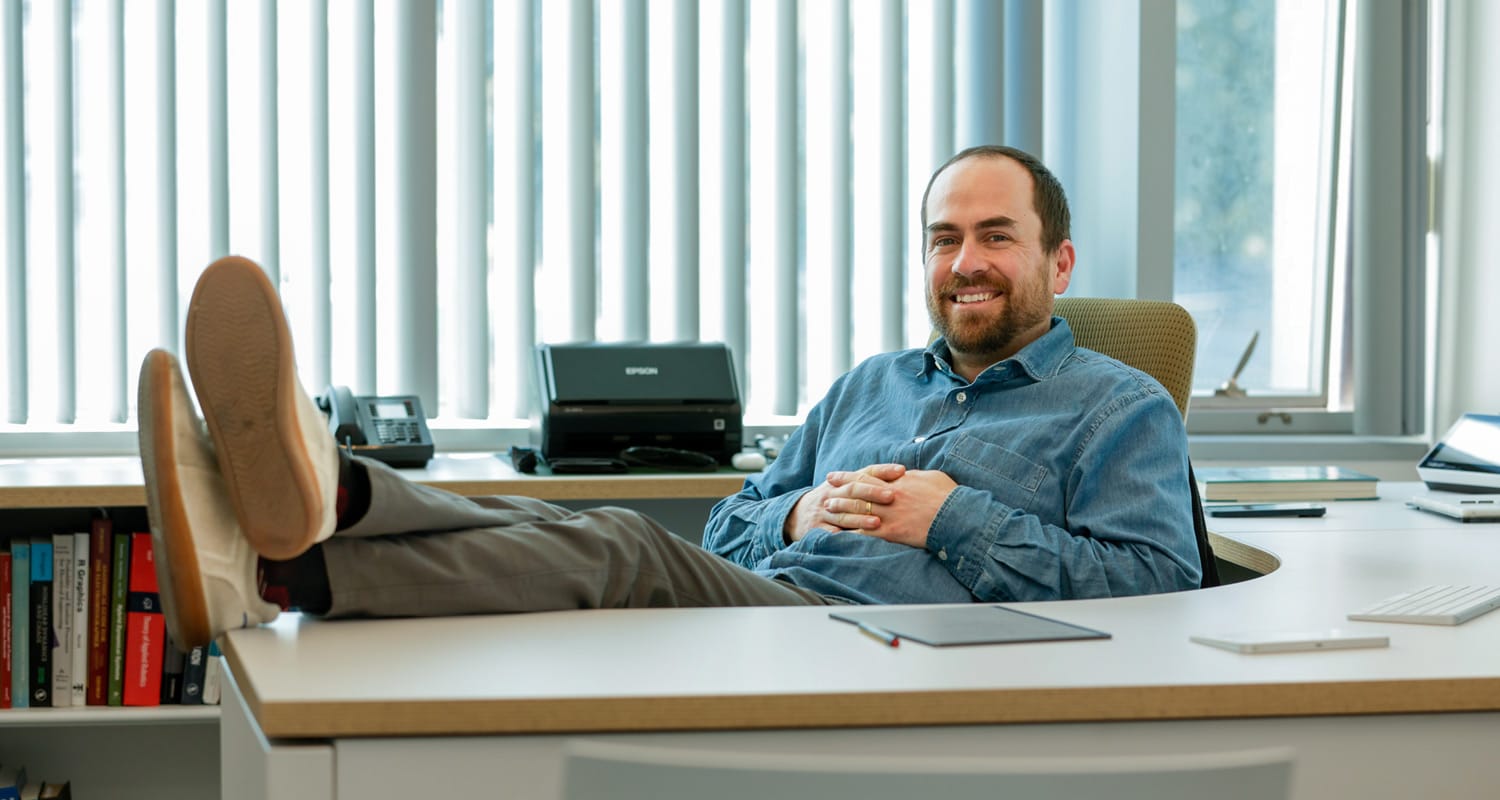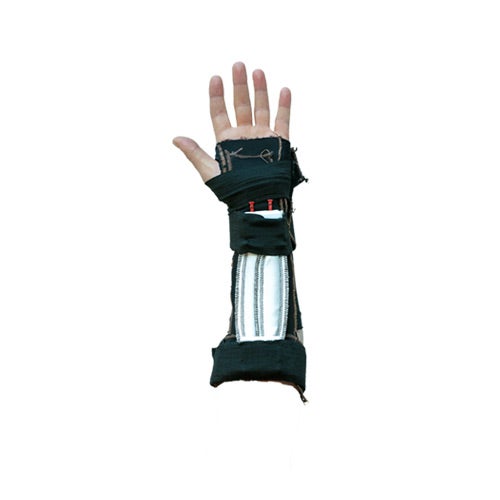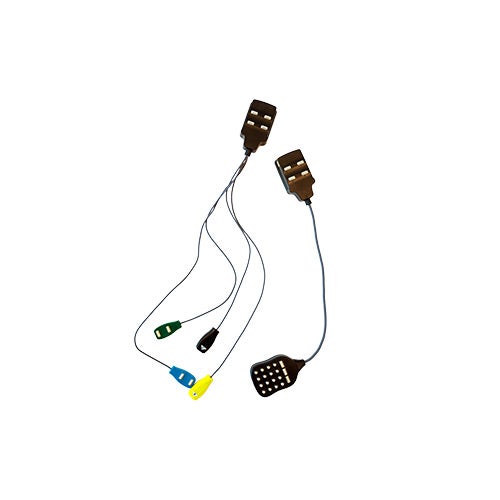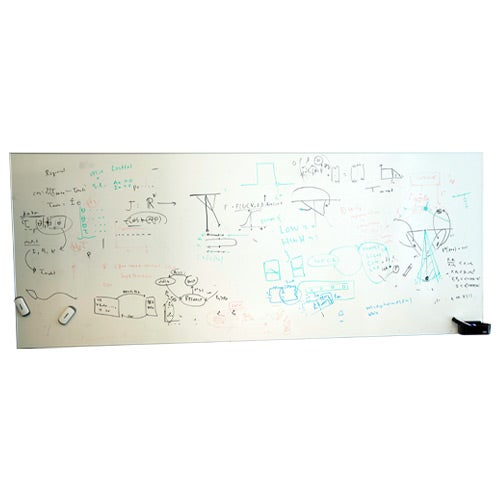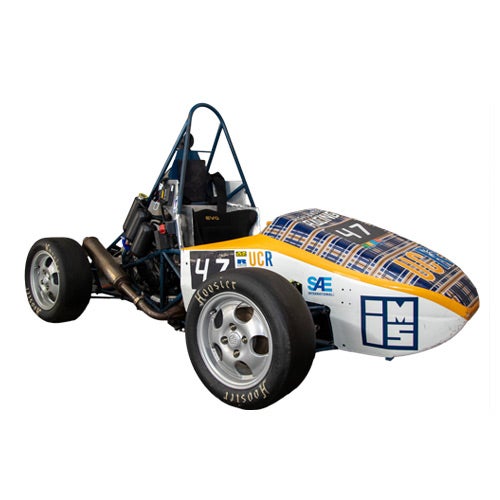OFFICE HOURS
A Soft Spot for Robots
Mechanical engineer Jonathan Realmuto is developing tools in soft robotics to help children with physical disabilities gain more independence
By Jessica Weber | Photos by Stan Lim
W hile cold, rigid — and sometimes adversarial — machines might be a familiar image in pop culture, UCR’s Jonathan Realmuto is more interested in the softer side of robots. Less Terminator and more Baymax, his work is bridging the gap between man and machine by developing soft, wearable devices designed to restore and enhance human mobility and perception.
“My research is on human robot systems, so I study how robots can interact with humans and how, together, they can accomplish collaborative tasks,” said Realmuto, an assistant professor of mechanical engineering who joined UCR’s Marlan and Rosemary Bourns College of Engineering in July 2021. “This encompasses things like wearable robots and prostheses.”
Together with his research group, the Bionic Systems Lab, Realmuto is designing devices to assist and enhance the capabilities of people with a range of physical disabilities. Currently, he is leading a project in collaboration with mechanical engineering assistant professor Jun Sheng to create lowcost robotic “sleeves” using textiles and fabrics to help control the arm movements of children with cerebral palsy, the most common cause of serious physical disability in childhood. Funded by a $1.5 million grant from the National Science Foundation, or NSF, the project is a partnership with Children’s Hospital of Orange County, where patients from a pediatric movement disorder clinic are helping test and refine the prototypes.
“Most of the kids have severe limitations, so they’re very optimistic about technologies that might help them,” Realmuto said. “It’s really cool to see. They have huge smiles when they’re messing with the devices, and we got really good feedback. There’s a lot of room for improvement, but our study showed that we can reduce their effort when doing certain tasks, which is the goal.”
Beyond providing more independence to the wearer, Realmuto says advancement of this technology will also have significant impacts for families of children with disabilities.
“First and foremost, our main focus is on helping the pediatric population, but the broader idea is to help people in general be more independent,” he said. “If your child has a movement disorder, you have to change your whole lifestyle; they need a caretaker. So, if you can make one person more independent, it frees up time and money for everyone involved.”
Realmuto’s research group is also working on a project focused on enhancing lower limb mobility for children with nemaline myopathy, a rare congenital neuromuscular disorder that can cause severe muscle weakness. Funded by the nonprofit A Foundation Building Strength, the project aims to explore the use of soft robotics in helping children with the condition stand for longer periods. In addition to medical applications, Realmuto sees potential for commercial and industrial applications of this type of technology, including the development of wearable devices that could assist those working in laborintensive industries by reducing physical strain and helping prevent injury.
As for one day bringing these technologies to market, he hopes a student with an entrepreneurial spirit might be willing to tackle that goal, whereas he says he’s already found his calling as a professor. Realmuto, who earned a bachelor’s degree in mechanical engineering from the University of Nevada, Las Vegas, and a doctorate from the University of Washington, admits he wasn’t always the best student, but credits the professors who mentored him with cultivating his interests in mechanical engineering and inspiring him to pursue robotics. Now his goal is to do the same with his own students.
“I want to help students become self-directed learners,” he said. “If you can help students understand they’re actually in charge of their learning, they can grab it by the reins and do it themselves. Seeing things click for my students is really rewarding.”
Return to UCR Magazine: Spring 2023
